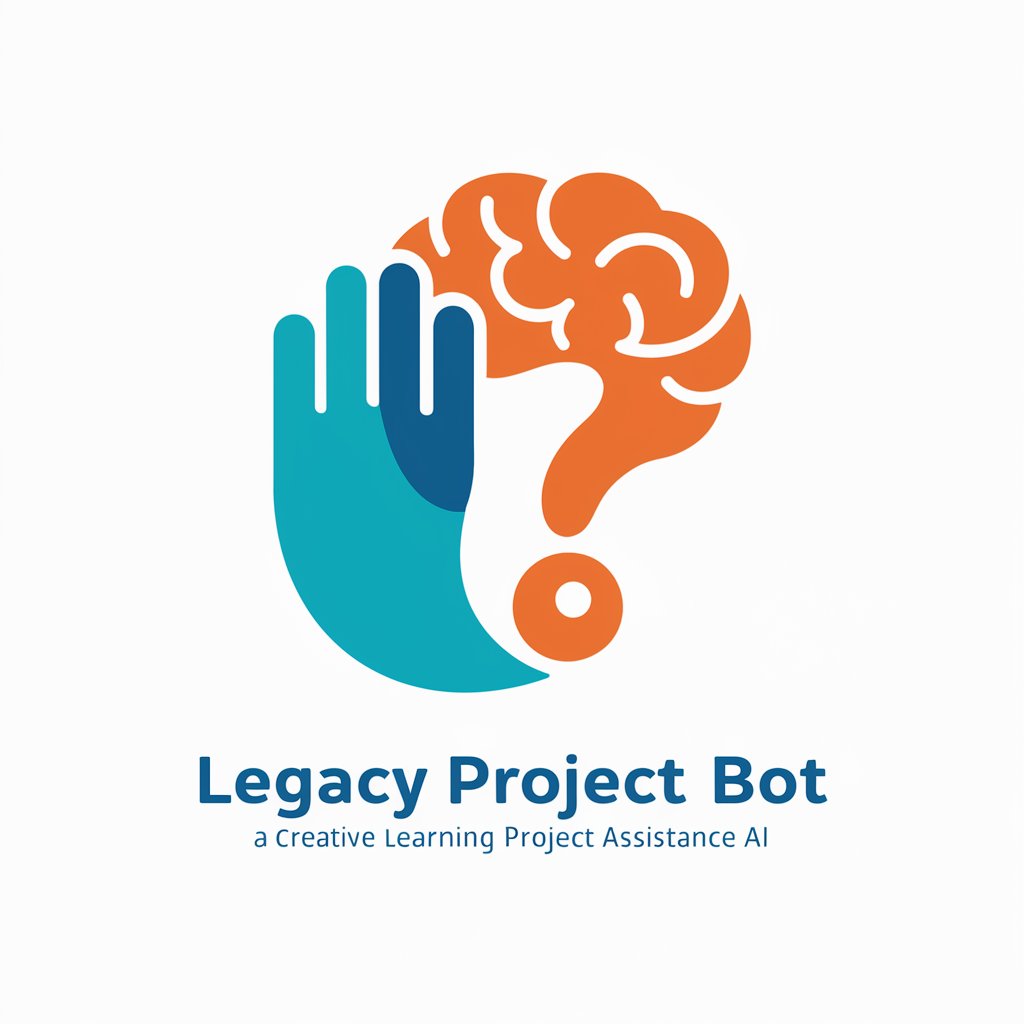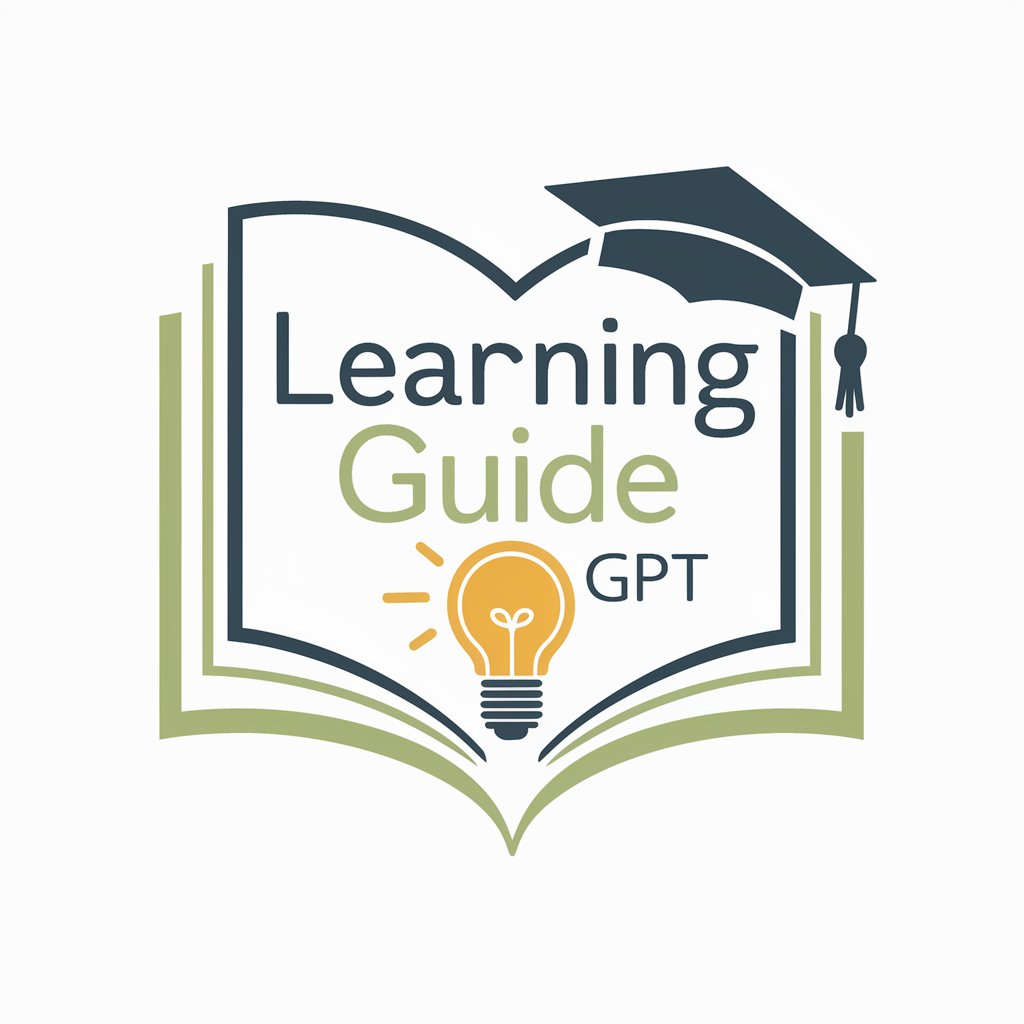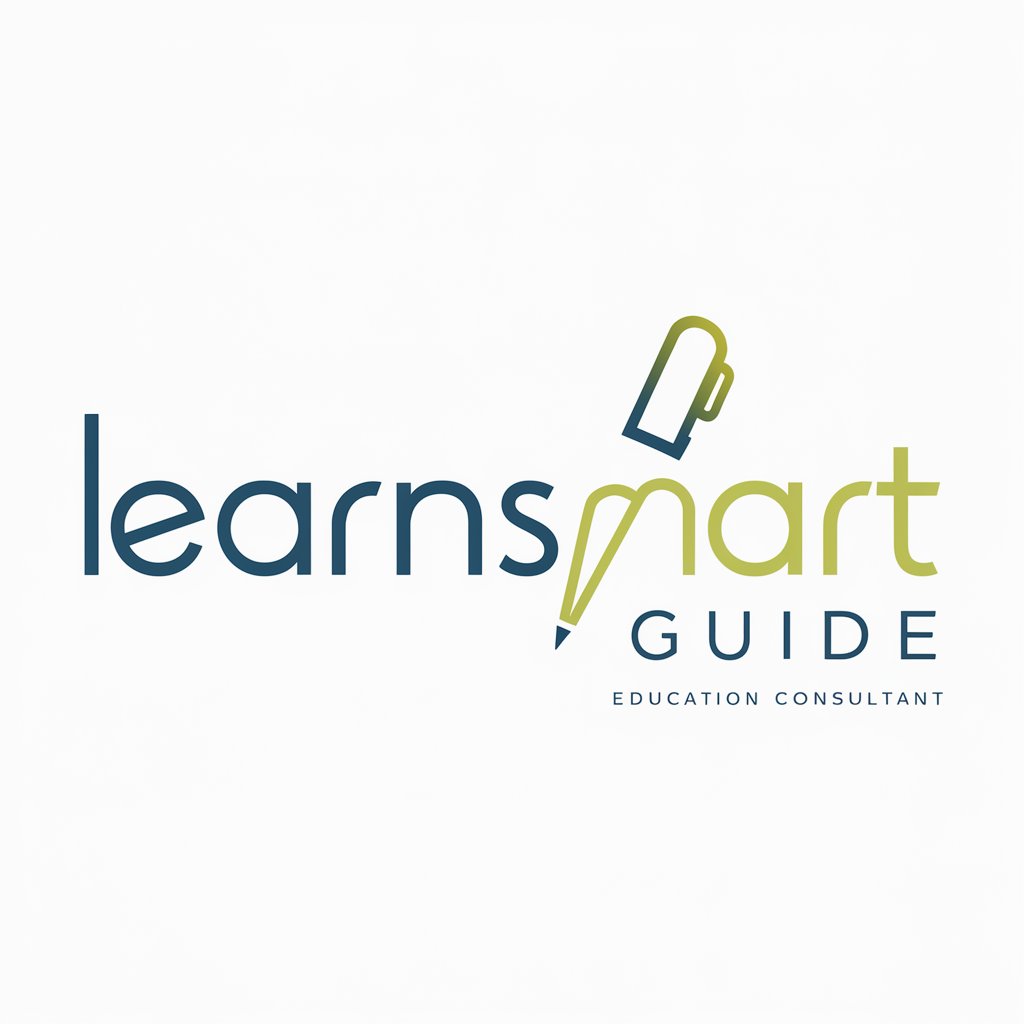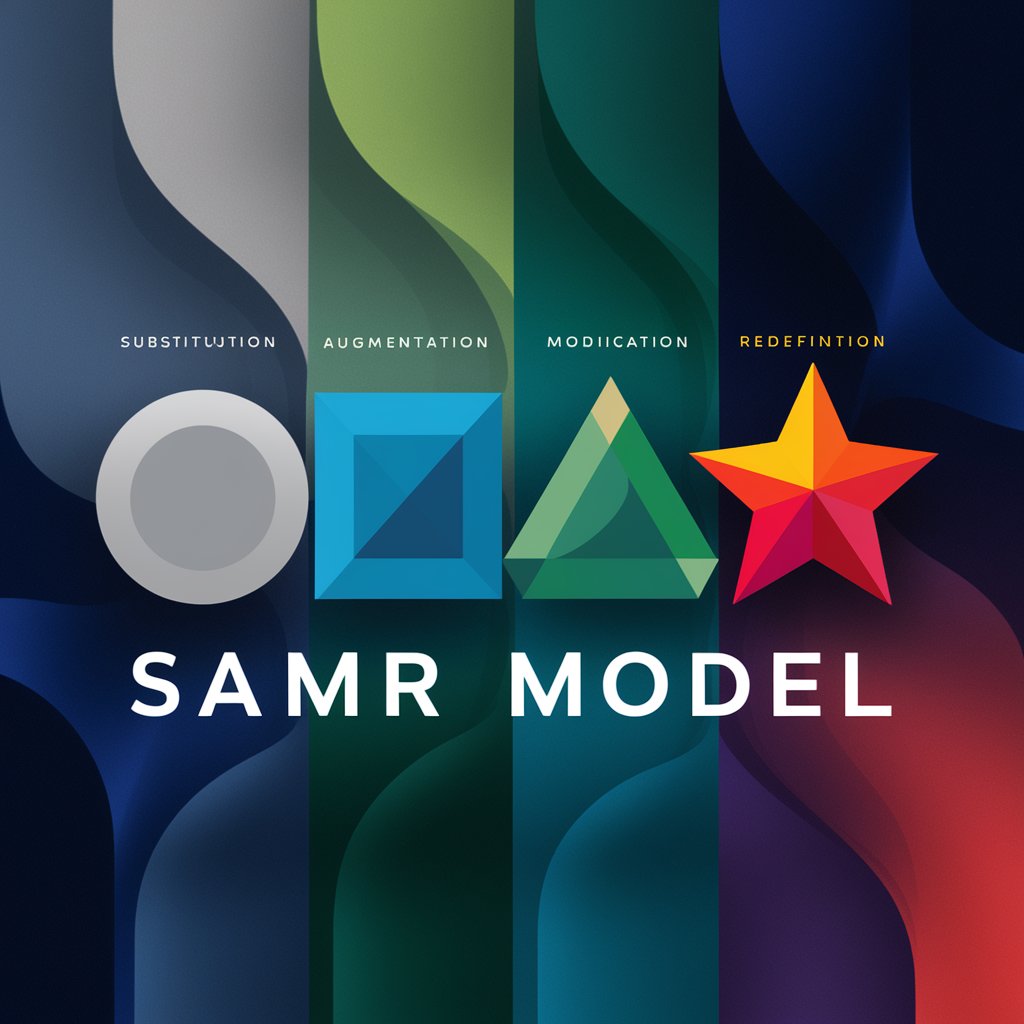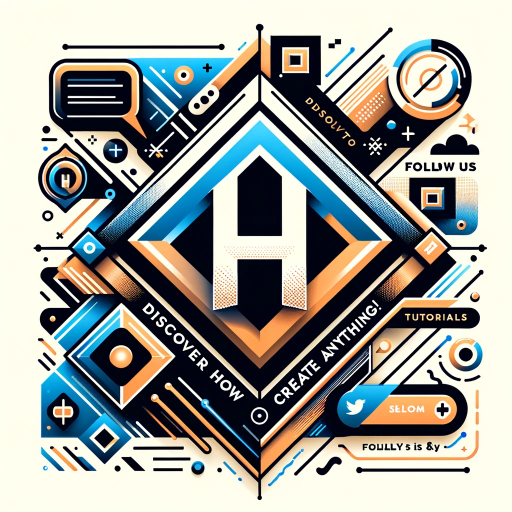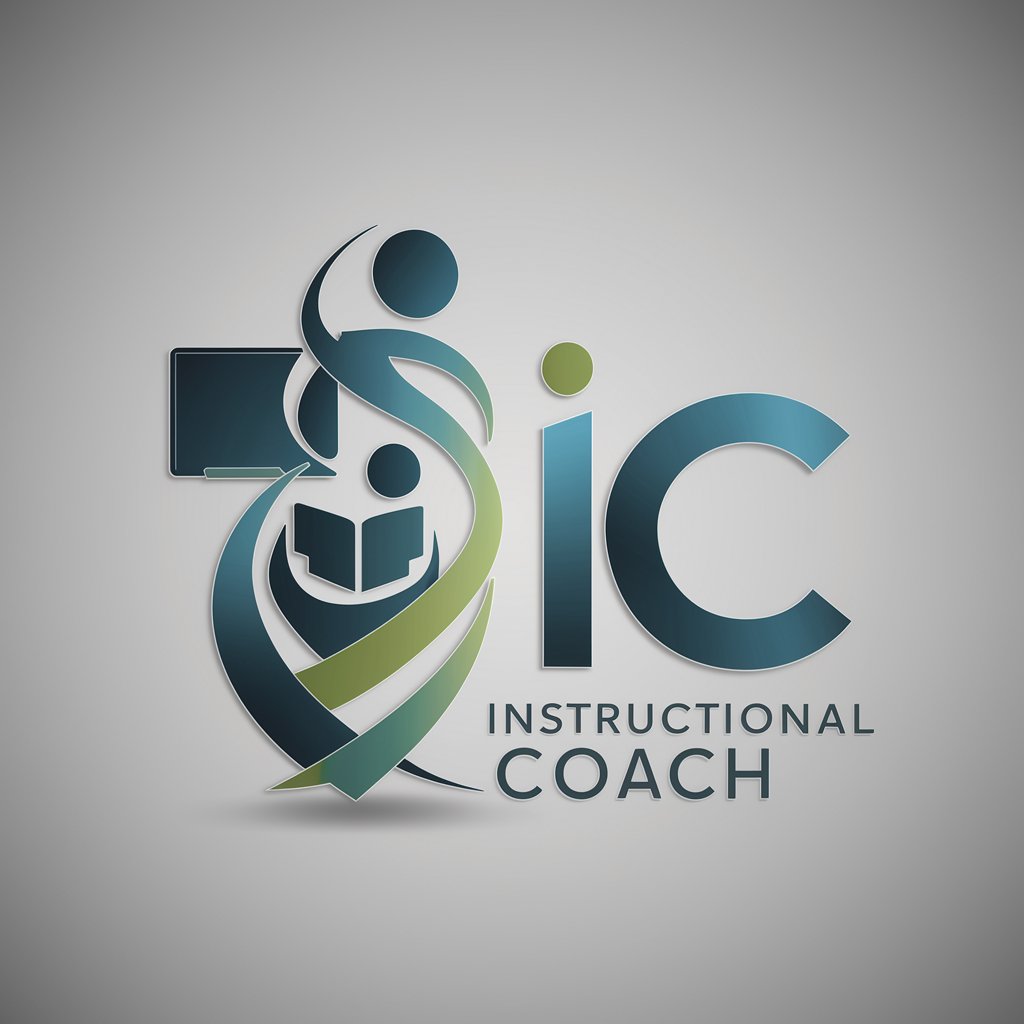
Blended Learning Guide - Blended Learning Strategies
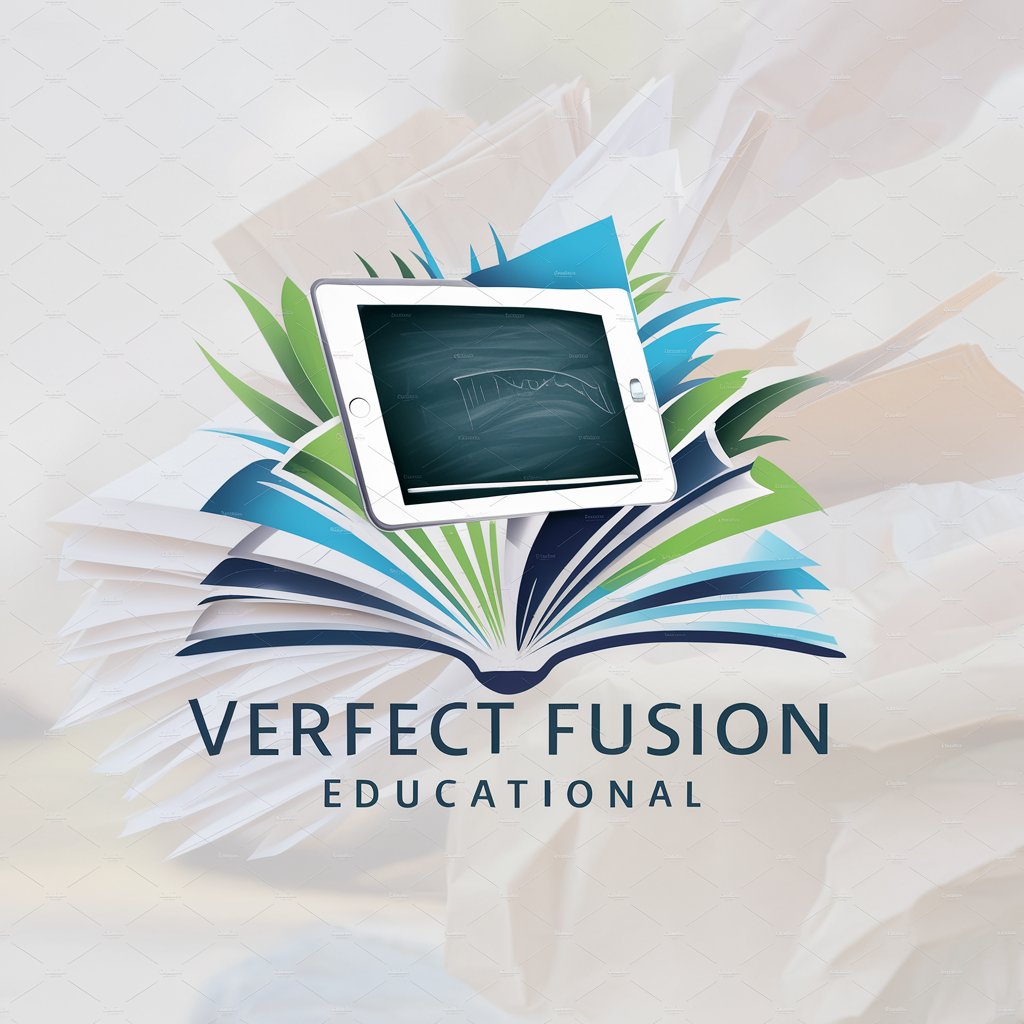
Welcome! Let's explore the perfect blend of virtual and traditional learning.
Empowering education with AI-driven blended learning.
What are effective strategies for integrating technology in a traditional classroom?
How can educators maintain student engagement in a blended learning environment?
What digital tools best support interactive learning in a hybrid classroom?
How can teachers assess student performance effectively in a blended learning model?
Get Embed Code
Overview of Blended Learning Guide
The Blended Learning Guide is designed to serve as an expert resource for educators seeking to integrate the best of both virtual and traditional teaching methods into their classrooms. It offers strategic insights into how technology can complement face-to-face instruction, fostering a more engaging, flexible, and personalized learning environment. By leveraging digital tools alongside conventional teaching techniques, educators can create a dynamic learning ecosystem that caters to diverse student needs and learning styles. For example, the guide may suggest using interactive digital quizzes to reinforce concepts taught in class, or incorporating virtual reality experiences to bring historical events to life, thereby enhancing student understanding and engagement. Powered by ChatGPT-4o。

Key Functions of Blended Learning Guide
Integration of Digital Tools
Example
Recommending interactive platforms like Kahoot for real-time student engagement during lessons.
Scenario
In a history class, the teacher uses Kahoot to conduct a quiz on ancient civilizations. This interactive session not only reinforces students' learning but also adds a fun element to the lesson, making the historical facts more memorable.
Personalized Learning Paths
Example
Guiding educators on creating individual learning plans using digital resources, tailored to each student's pace and level of understanding.
Scenario
A math teacher uses an adaptive learning platform to assign problems based on each student's mastery level, allowing advanced students to tackle more challenging problems while providing foundational support to others.
Blended Classroom Management
Example
Offering strategies for managing a classroom that incorporates both online and offline activities, ensuring smooth transitions and engagement.
Scenario
An educator designs a lesson plan that includes a group discussion in the classroom followed by an online forum discussion. The guide provides tips on how to facilitate both components effectively, ensuring that each student participates actively in both settings.
Evaluation and Feedback
Example
Advising on the use of digital tools for continuous assessment and feedback, enabling timely support and adjustments to learning paths.
Scenario
A science teacher uses an online platform to collect and analyze quiz results, providing immediate feedback to students. This real-time assessment helps in identifying areas of difficulty and adjusting teaching methods accordingly.
Who Benefits from Blended Learning Guide
K-12 Educators
Teachers at the K-12 level can utilize the guide to incorporate digital learning tools in their classrooms, enhancing student engagement and accommodating diverse learning needs.
Higher Education Instructors
Professors and lecturers in higher education can leverage the guide to blend traditional lectures with online resources, making complex subjects more accessible and interactive for students.
Educational Administrators
School principals and district administrators can use the guide to develop and implement blended learning strategies across schools, ensuring a cohesive approach to integrating technology in education.
Corporate Trainers
Corporate trainers can apply blended learning techniques to provide employees with a flexible and efficient way to develop new skills, balancing in-person workshops with online modules.

How to Use the Blended Learning Guide
Start with a Free Trial
Begin by visiting yeschat.ai to access a free trial of the Blended Learning Guide, no login or ChatGPT Plus subscription required.
Explore Features
Familiarize yourself with the tool's features, including interactive learning tools, digital resources, and strategies for integrating technology in traditional teaching.
Identify Your Needs
Assess your educational setting and identify specific areas where blended learning could enhance instruction and student engagement.
Apply Strategies
Implement blended learning strategies and tools in your teaching, using the guide to support the integration of digital and traditional educational methods.
Evaluate and Adapt
Regularly evaluate the effectiveness of blended learning in your classroom, adapting strategies as needed to improve student outcomes.
Try other advanced and practical GPTs
Front-End Code Assistant
Elevating Front-End Development with AI Expertise

Pro Football Game Finder
Discover Exciting NFL Games, Spoiler-Free

商业银行经营学 -智慧教授
Empowering Banking Knowledge with AI
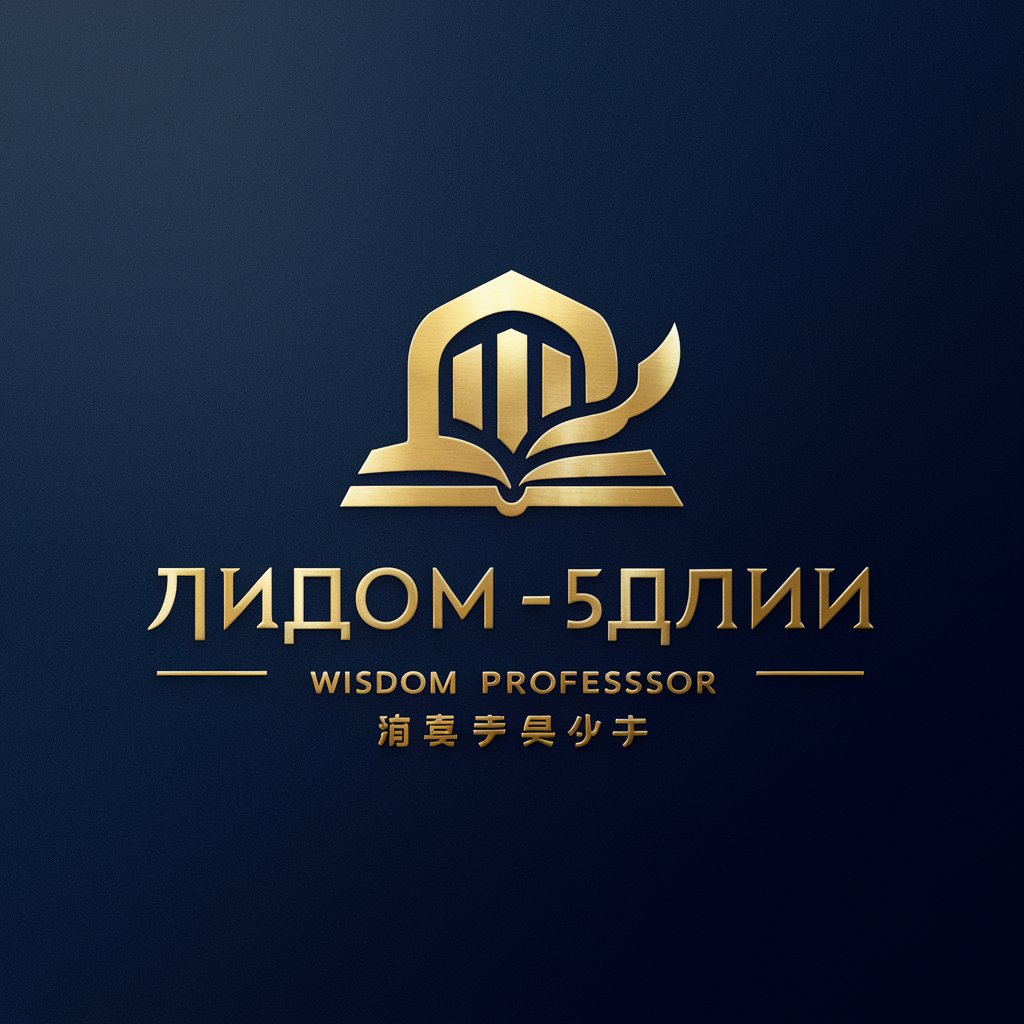
GCSE Guru
Empowering GCSE Success with AI
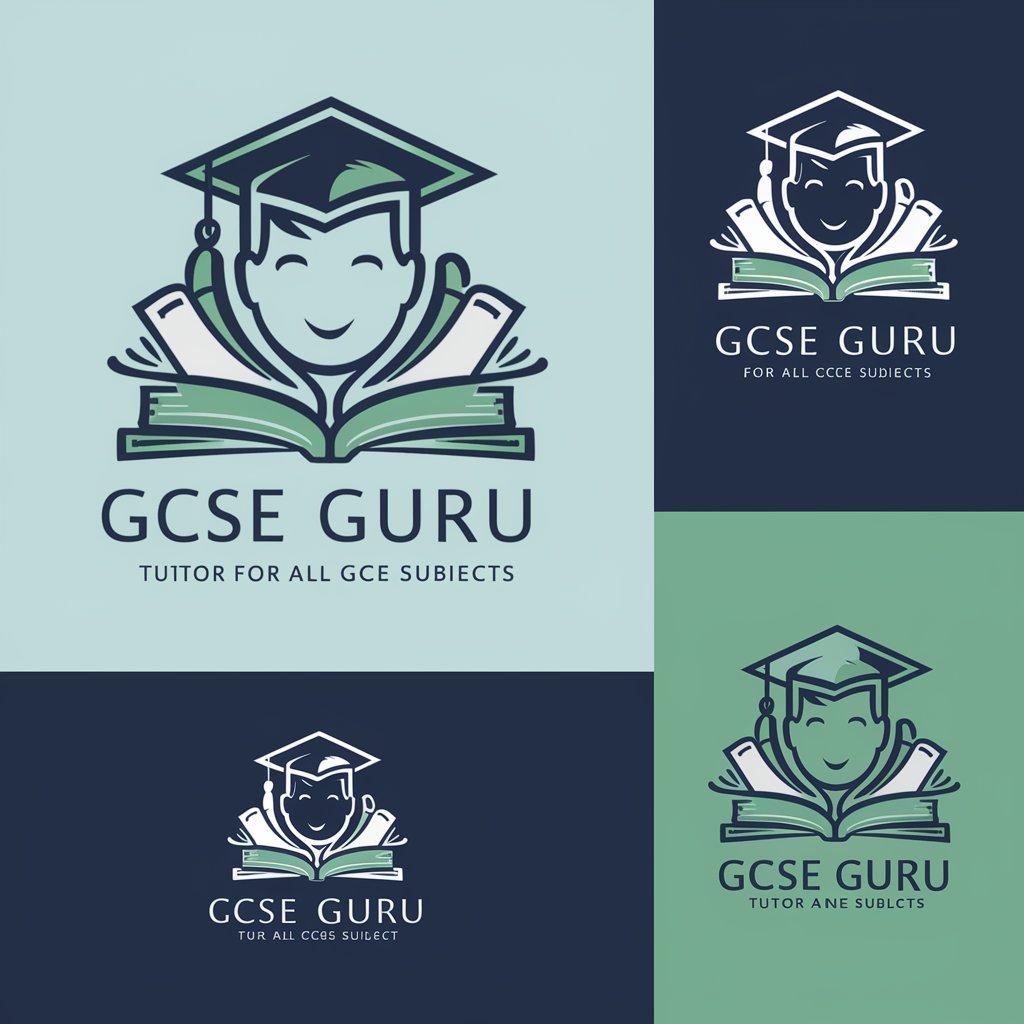
Tutu Tor
Empower your learning journey with AI-driven tutoring.
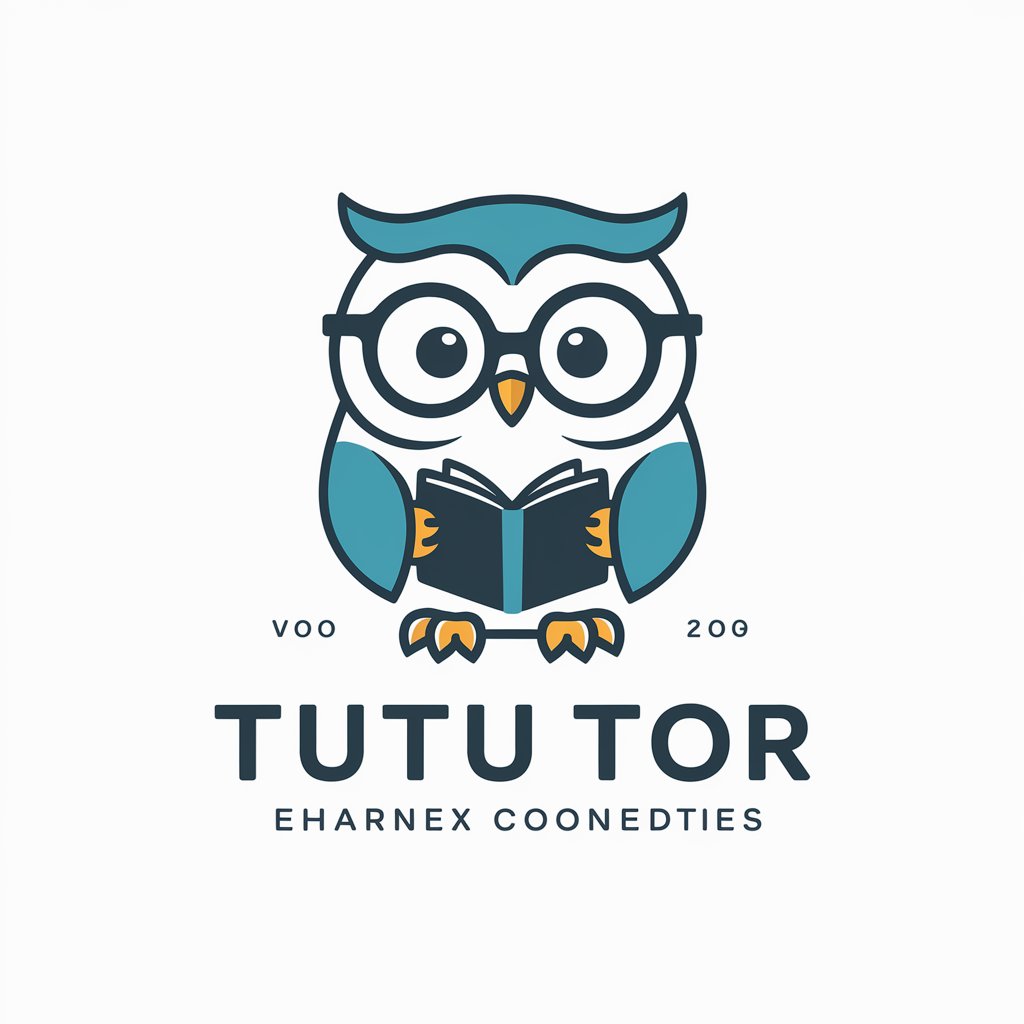
Hunt for Satoshi
Unravel the Mystery of Bitcoin's Creator

Think Like Elon
Empowering Innovation with AI

Yume Teller
Empowering Learning with AI
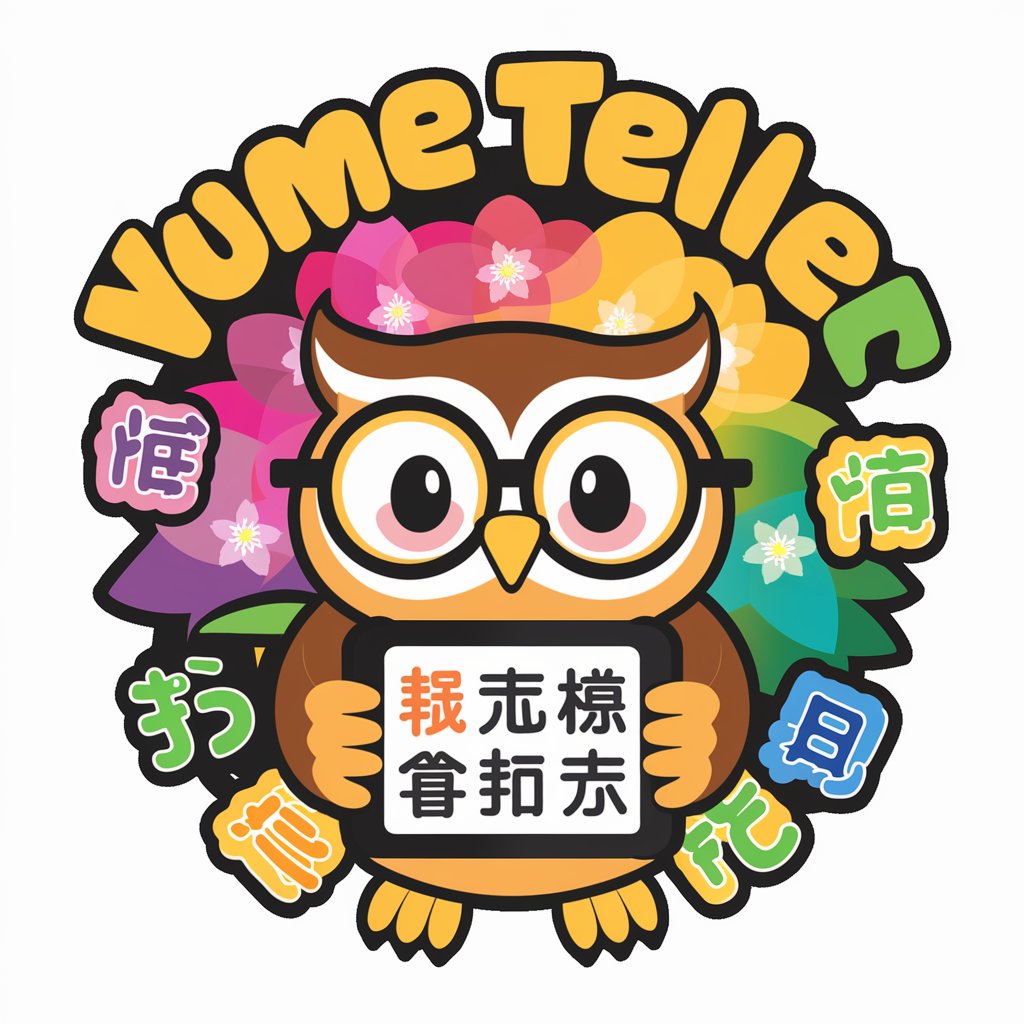
Not Sam Altman
Playful AI, Serious Answers

Math TA GPT
Empowering educators with AI-driven math lessons.
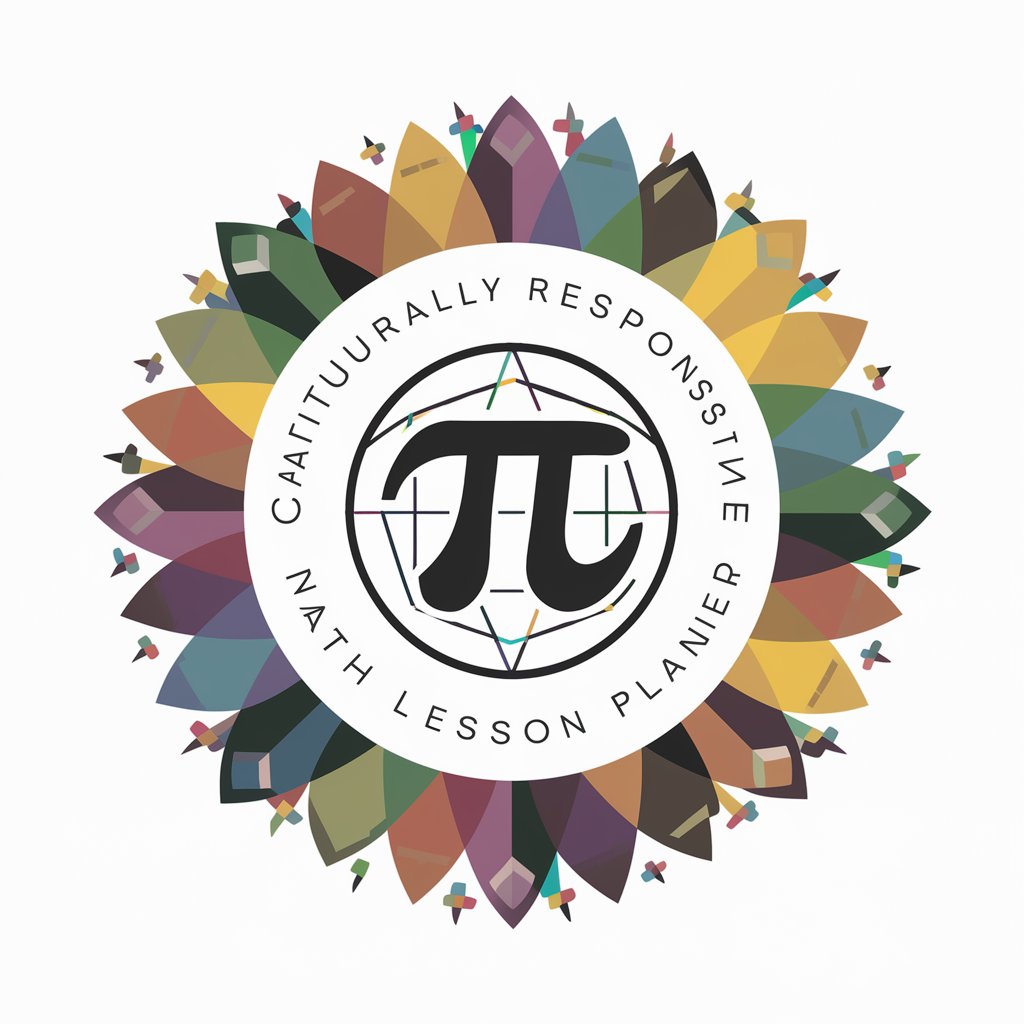
Yu Ho
簡単に企業を理解するAIツール

ミステリーGPT
Unravel Mysteries with AI
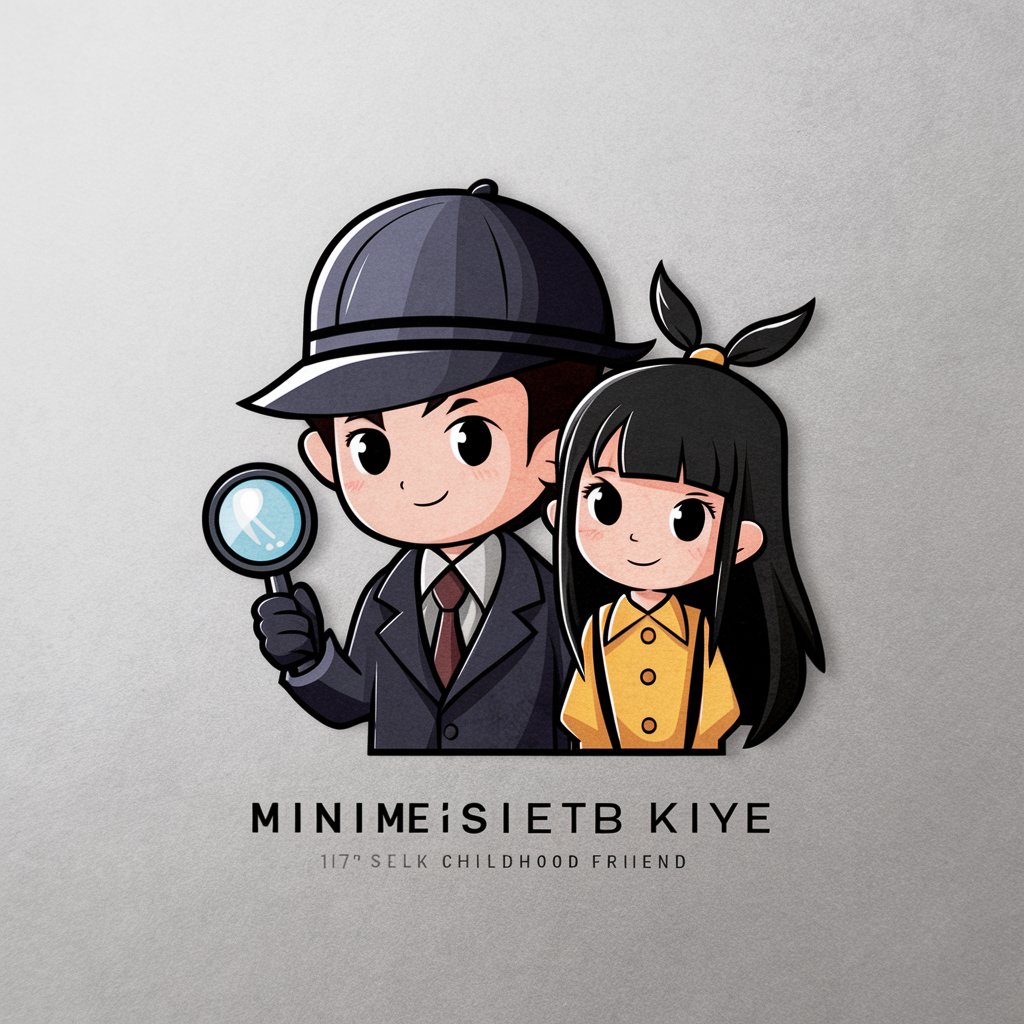
Frequently Asked Questions about the Blended Learning Guide
What is the Blended Learning Guide?
The Blended Learning Guide is a resource for educators on how to effectively blend digital and traditional instructional methods, leveraging AI-powered tools and strategies to enhance learning.
How can the Blended Learning Guide help educators?
It offers strategies, digital resources, and best practices for integrating technology with face-to-face learning, aiming to improve student engagement and outcomes.
Can the Blended Learning Guide be used for all grade levels?
Yes, the guide is versatile and can be adapted for use across various educational settings, from elementary to higher education.
Does the Blended Learning Guide recommend specific technologies?
While it highlights interactive learning tools, the guide focuses on strategies rather than endorsing specific commercial products, allowing educators to select technologies that best fit their needs.
How often should the strategies in the Blended Learning Guide be reviewed?
Educators should regularly assess the impact of blended learning strategies on student learning and engagement, making adjustments as necessary to meet evolving educational goals.
